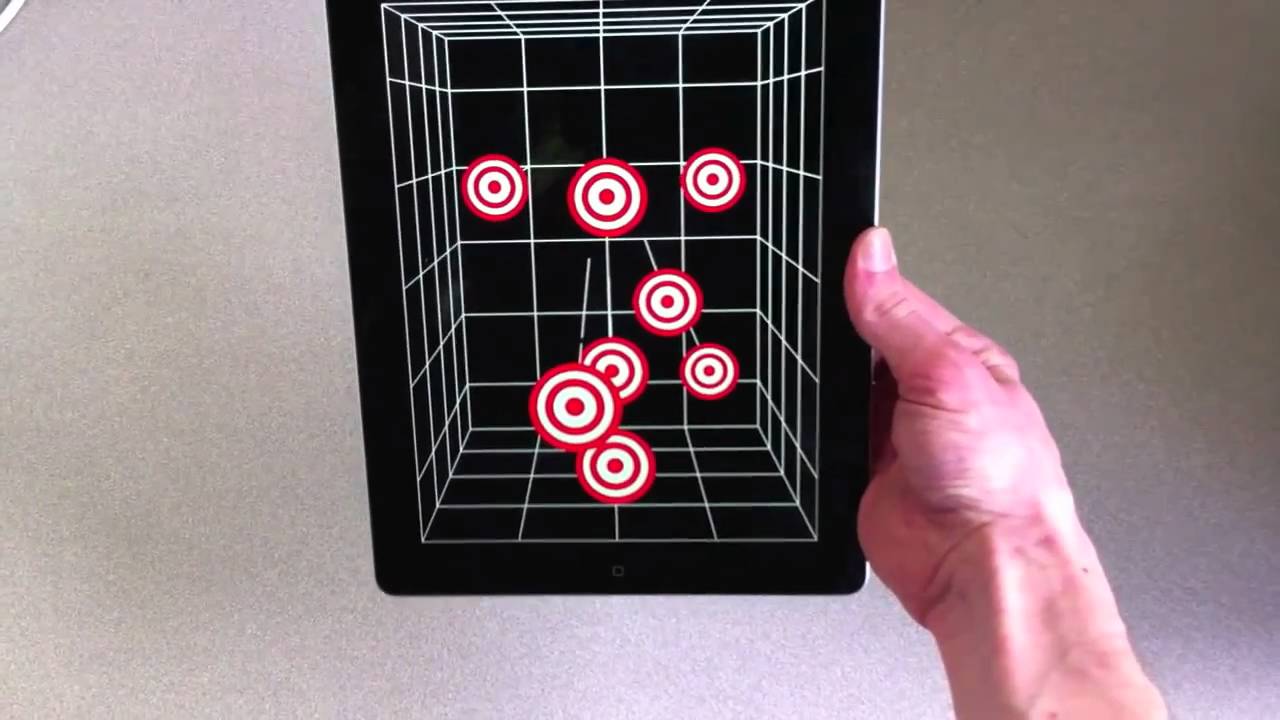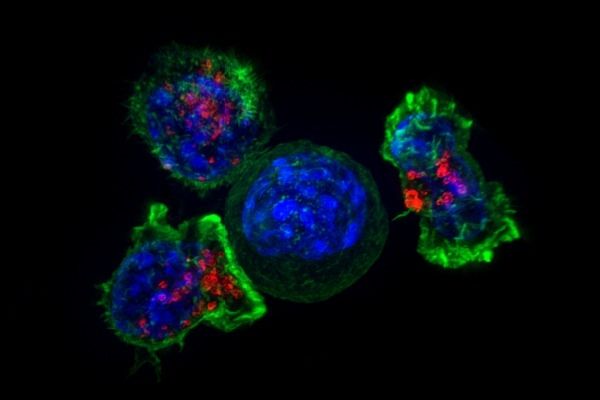Page 10440
Nov 13, 2016
Killer Russian robot can detect a human from over four miles away before shooting them dead in an instant
Posted by Dan Kummer in categories: drones, robotics/AI
The device is said to be employed at the border and can be used from anything to detecting low-flying drones to targeting a vehicle from six miles away.
Nov 13, 2016
Samsung sets their Eyes on a Revolutionary Holographic TV
Posted by Klaus Baldauf in categories: electronics, quantum physics

Samsung took the leap and delivered Quantum Dot TV ahead of the competition and now they’ve setting their eyes on something more revolutionary: Holographic TV.
Nov 13, 2016
University of Buffalo researchers say autonomous weapons ‘have and will become possible’
Posted by Dan Kummer in categories: Elon Musk, robotics/AI

Researchers have warned it is already too late to stop killer robots — and say banning them would be little more than a temporary solution.
University at Buffalo researchers claim ‘society is entering into a situation where systems like these have and will become possible.’
Nov 12, 2016
10 Science Startups Shaping Tomorrow
Posted by Shane Hinshaw in categories: business, science
Last month in Paris, the Hello Tomorrow Global Summit brought together entrepreneurs and inventors, investors and industry for a two-day event exploring the science shaping the future.
Now in its third year, the conference is unique in the sci-and-tech futures circuit for putting scientists, academics and inventors centre stage, and in the same room as the investors and business types who can help bring their ideas to life. Some of the leading minds of tomorrow were there to present, discuss and debate their work.
Among them were some 500 startups battling for the Hello Tomorrow Challenge, a prize awarding early-stage science and tech ventures across 10 categories – from air quality to aeronautics – with equity-free cash, mentoring and exposure.
Nov 12, 2016
New AI-Based Search Engines are a “Game Changer” for Science Research
Posted by Shane Hinshaw in categories: robotics/AI, science
Nov 12, 2016
Immune cells may facilitate tumor growth
Posted by Steve Hill in category: biotech/medical
A new avenue of research opens up for cancer and potential therapies.
A new study led by scientists at The Scripps Research Institute (TSRI) suggests there may be a way to limit tumor growth by targeting immune system cells called macrophages.
The research reveals that macrophages can “drill” through tumors to create new vessel-like structures for delivering oxygen and nutrients as tumors grow.
Continue reading “Immune cells may facilitate tumor growth” »
Nov 12, 2016
Quick, How Might the Alien Spacecraft Work?
Posted by Andreas Matt in categories: entertainment, space travel
How Stephen Wolfram helped with the theory of interstellar travel, communication with aliens and questions from the actors in “Arrival”, the movie.
Nov 12, 2016
The Work of the Aoki Foundation to Support SENS Rejuvenation Research
Posted by Steve Hill in categories: biotech/medical, business, life extension
More commentary about the Steve Aoki Party for Science and the Aoki Foundation.
Music business entrepreneur Steve Aoki has been a supporter of the SENS rejuvenation research programs for a while now. I’m always pleased to see successful people being vocal about their support for SENS, putting it front and center when talking to their audiences. Placing this important scientific work — as well as the prospects for near future therapies, and the need for philanthropic funding — in front of a bigger audience is a vital to the continued growth of our community and continued progress towards the medical control of aging. We need to reach out to entirely new networks of people, those who would never seek out the longevity science community on their own, as among their numbers are many who will be turn out to be interested, pleasantly surprised, and enthusiastic. Today, I’d wager, a large fraction of those people who will go on to be significant advocates and philanthropic donors of the late 2020s have no idea that we even exist, or that bringing an end to age-related disease, frailty, and suffering is possible outside the realm of science fiction.
Bootstrapping a cause never stops being hard. It was hard when small groups were striving to raise a few thousand dollars for SENS advocacy here and there, when having regular research programs and a million dollar fund looked to be an impossible distance away. It is hard today, when the SENS Research Foundation is trying to make the leap from a few million dollars in yearly research budgets to something ten times that size. Building greater public awareness and enthusiasm for the medical science of human rejuvenation is a very necessary part of that work. The sooner we collectively manage to change the zeitgeist to one in which charitable support for rejuvenation research is just as normal and lauded as support for cancer research, the better off we all are, and the more money that can be raised for scientific projects. So thanks are due to Steve Aoki for stepping up to the plate and taking a swing at this.
Continue reading “The Work of the Aoki Foundation to Support SENS Rejuvenation Research” »
Nov 12, 2016
Canadian design review for StarCore HTGR
Posted by Klaus Baldauf in categories: nuclear energy, particle physics
Canadian reactor designer StarCore Nuclear has applied to the Canadian Nuclear Safety Commission (CNSC) to begin the vendor design review process for its Generation IV high temperature gas reactor (HTGR).
Montréal-based StarCore, founded in 2008, is focused on developing small modular reactors (SMRs) to provide power and potable water to remote communities in Canada. Its standard HTGR unit would produce 20 MWe (36 MWth), expandable to 100 MWe, from a unit small enough to be delivered by truck. The helium-cooled reactor uses Triso fuel — spherical particles of uranium fuel coated by carbon which effectively gives each tiny particle its own primary containment system — manufactured by BWXT Technologies. Each reactor would require refuelling at five-yearly intervals.
StarCore describes its reactor as “inherently safe”, with a steep negative thermal coefficient which eliminates the possibility of a core meltdown. The use of helium — which does not become radioactive — as a coolant means that any loss of coolant would be “inconsequential”, the company says. The reactors would be embedded 50 metres underground in concrete silos sealed with ten-tonne caps.
Continue reading “Canadian design review for StarCore HTGR” »
















